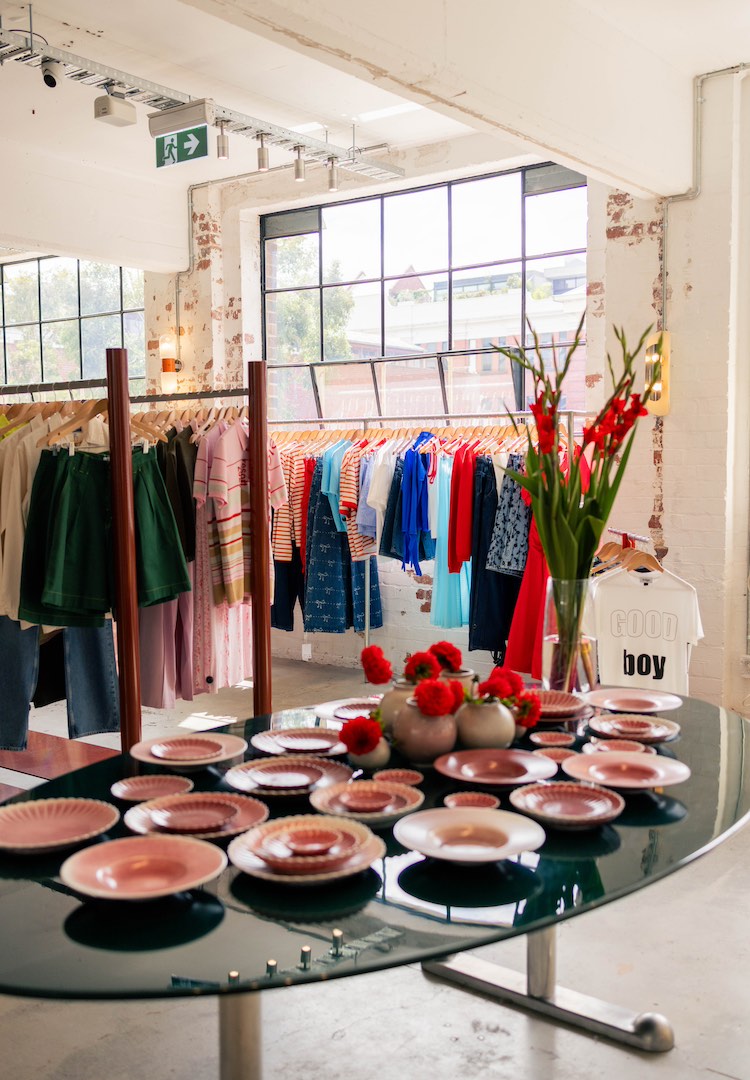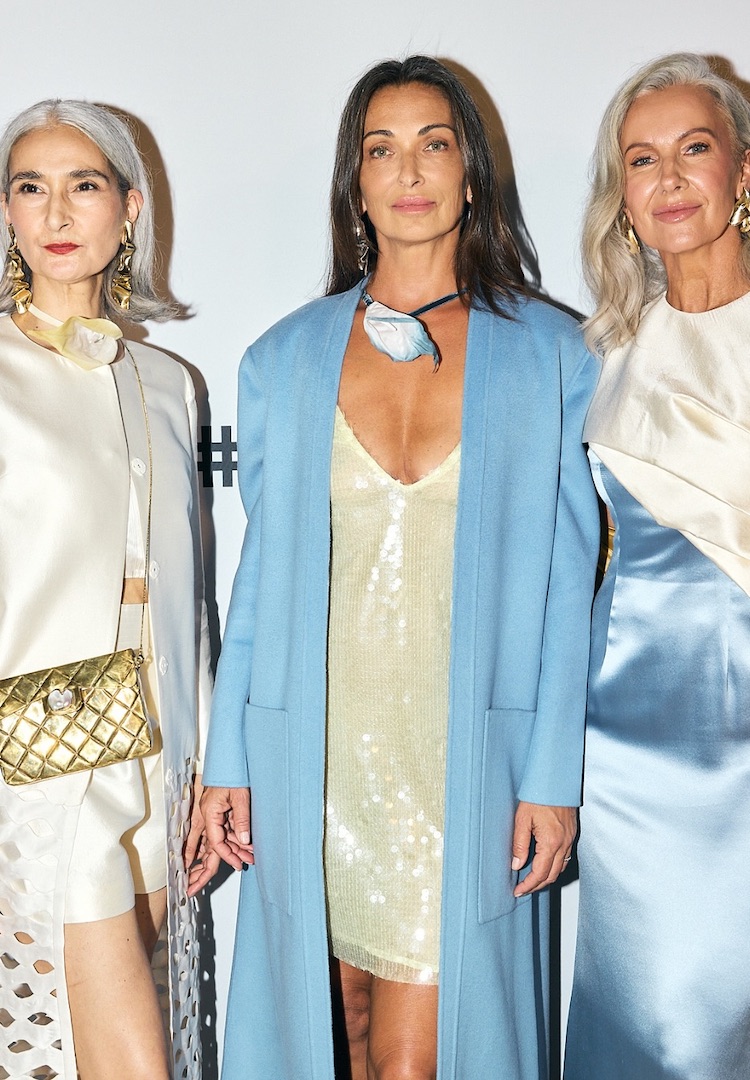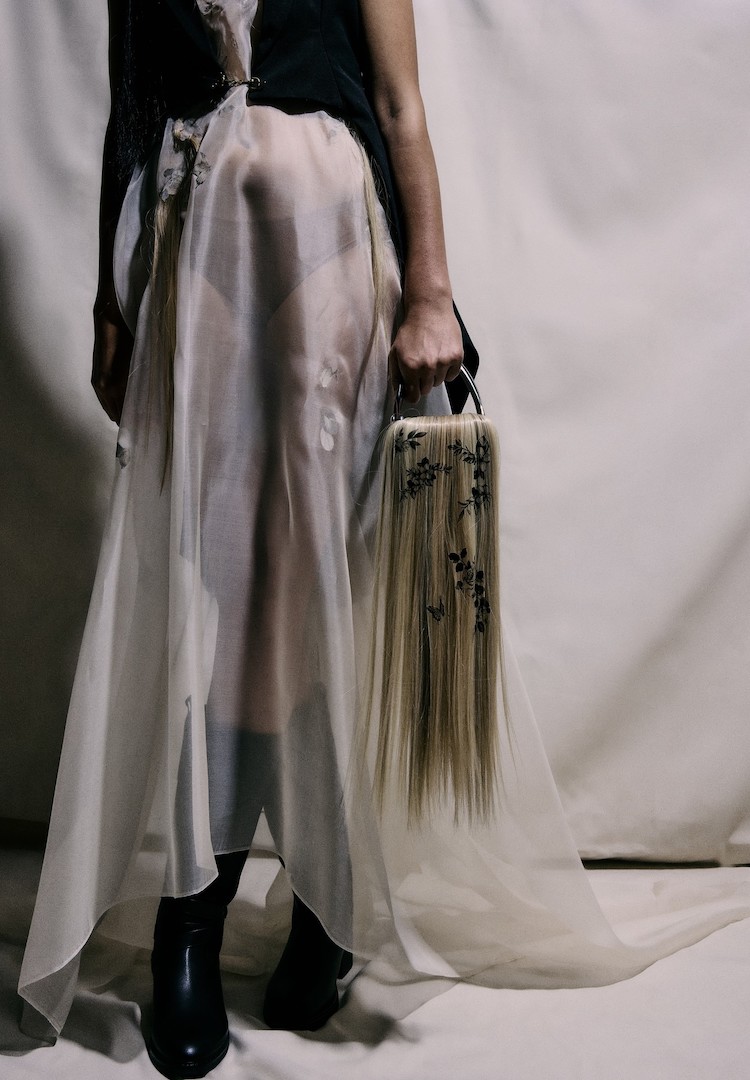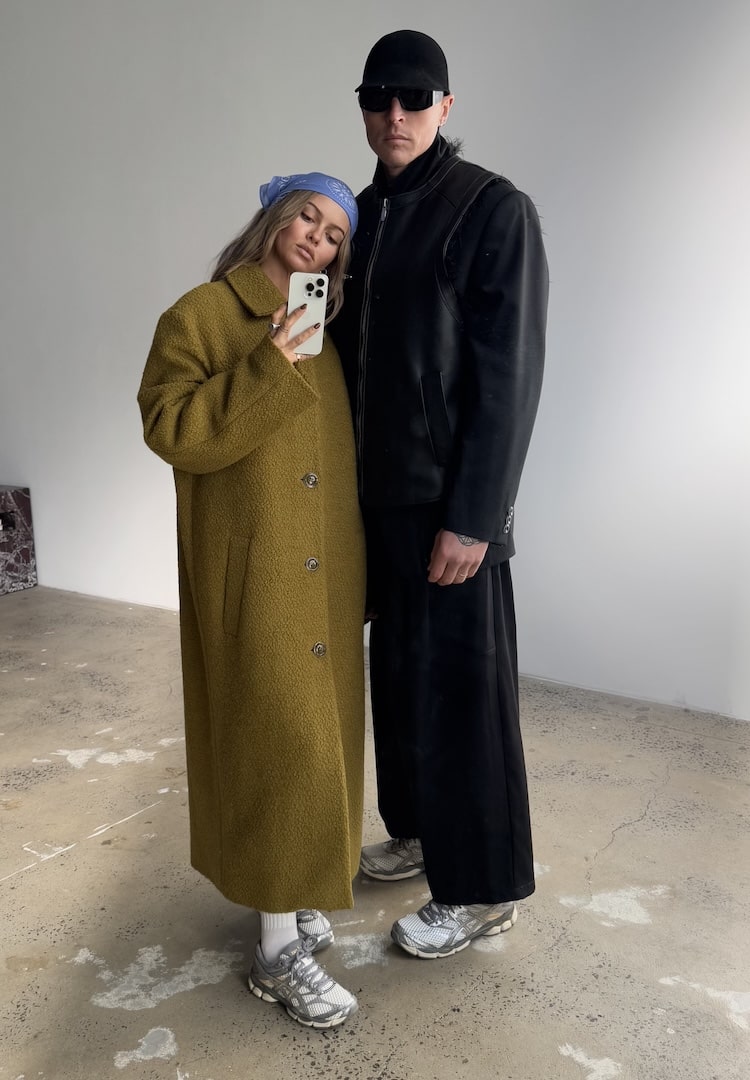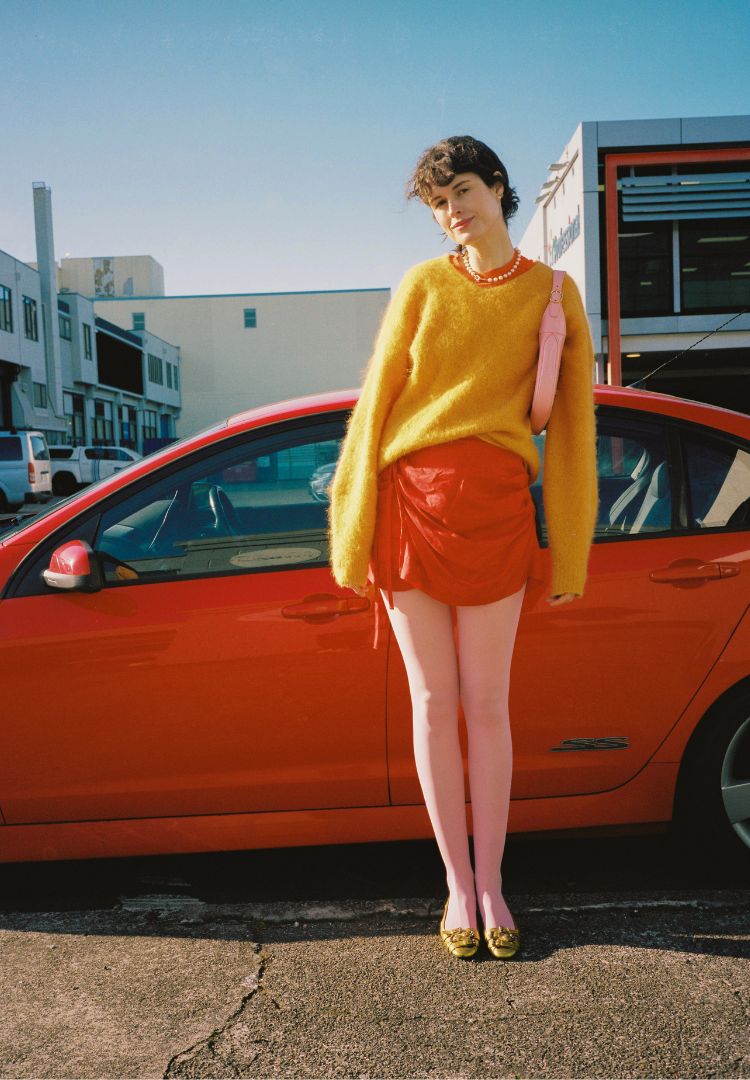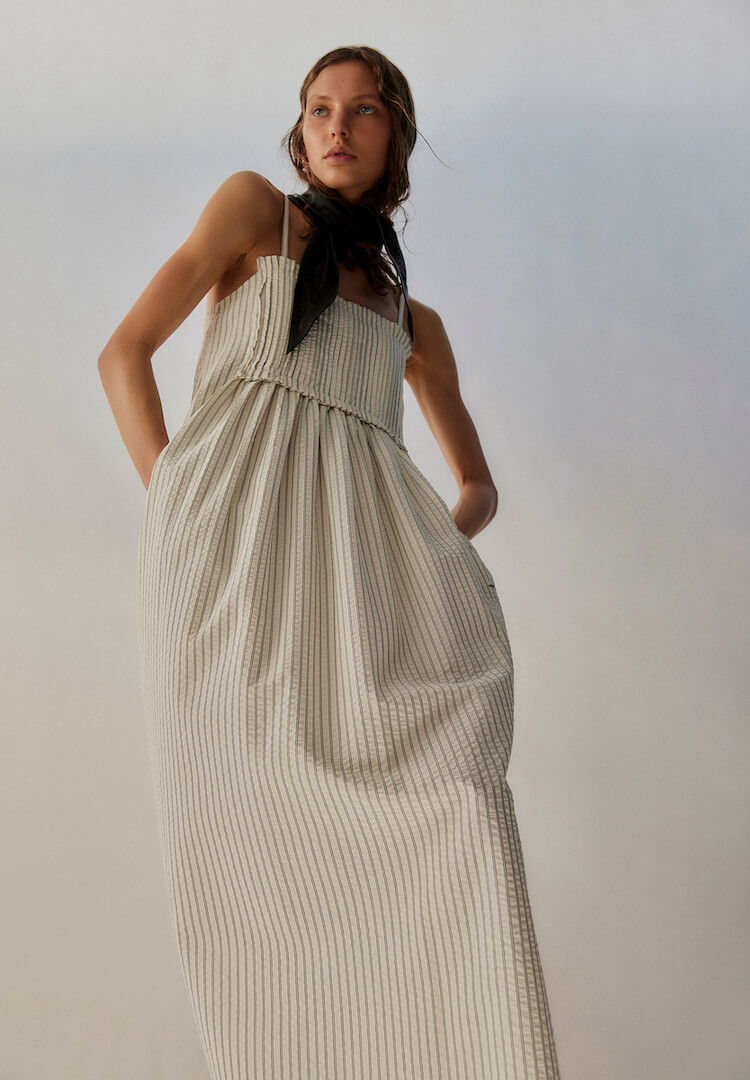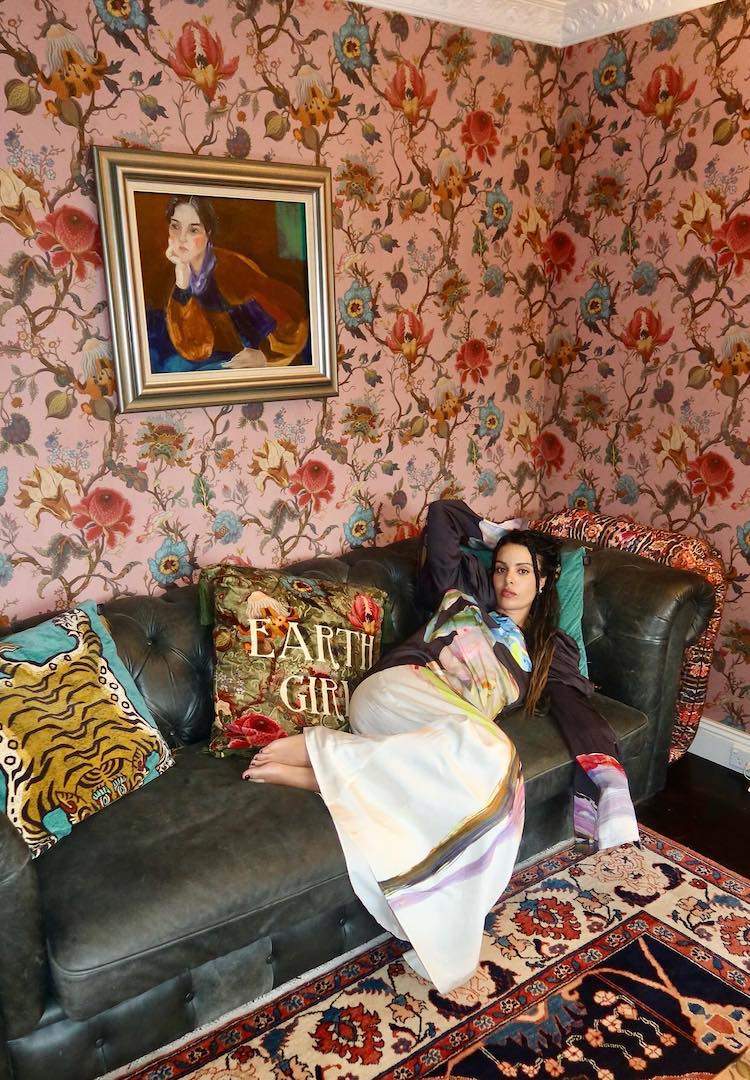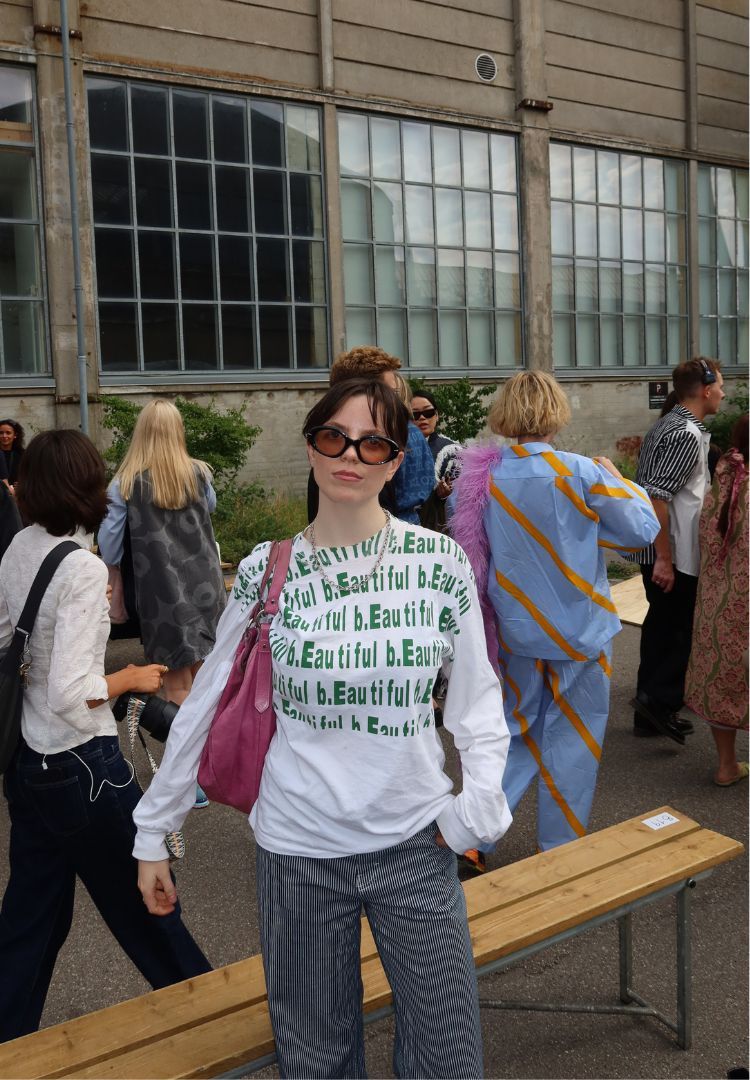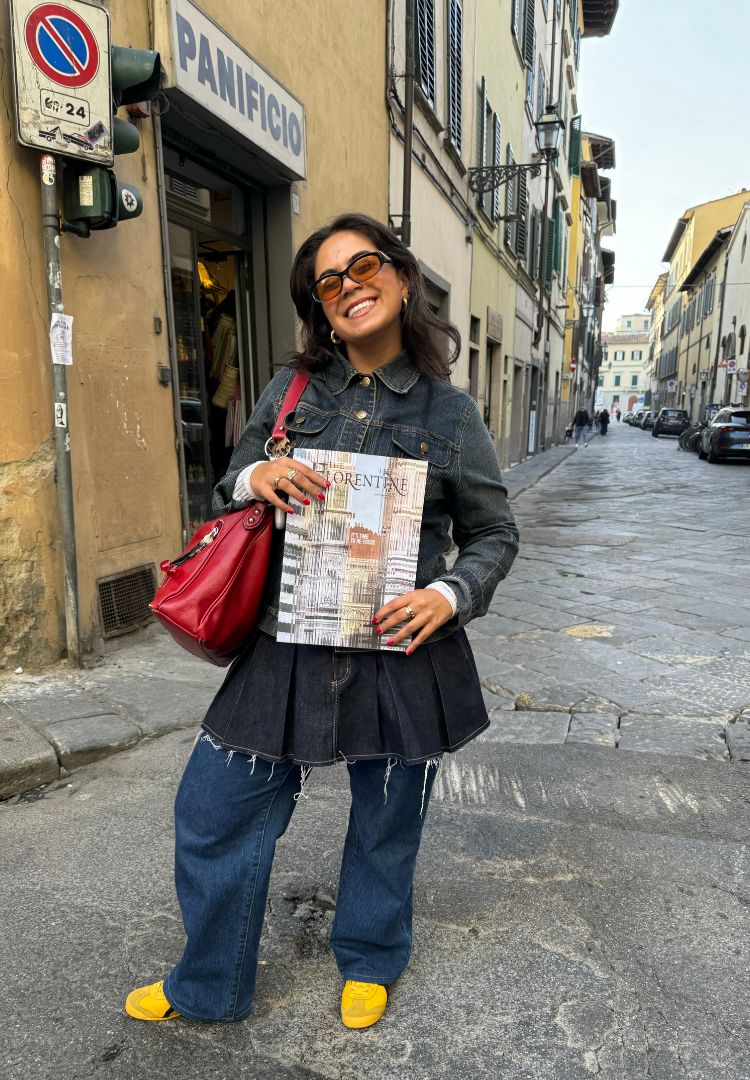Ageism in the fashion industry: Is the ‘invisible woman syndrome’ finally over?
words by Bianca O’Neill
Does the fashion industry still reject women over a certain age? Demi Moore, Pamela Anderson, and this PayPal Melbourne Fashion Festival runway say no.
Last month, we all watched Demi Moore accept the Golden Globe for Best Actress at 62, after an incredible performance in The Substance. Demi credited the win with reminding herself that she still belongs in that room – and shared a particularly shocking revelation about the way insecurity seeps into women’s psyche over time.
It was particularly fitting, given her win was for a film that positively skewered society’s treatment of older women in public-facing roles as they age, delivering a taught thriller that equated plastic surgery with body horror, laid bare corporate commodification of women, and questioned what (else) women would do to be seen as still desirable in the public eye.
For more fashion news, shoots, articles and features, head to our Fashion section.
Thankfully, the incredible reception of The Substance amongst audiences and critics has been accompanied with precisely the opposite: the past year has been one of the best in recent memory for accomplished older women in the entertainment and fashion spheres.
No longer relegated to the occasional red carpet where any actress over 50 is congratulated for dressing ‘appropriately’ for their age (what does this even mean?), we’ve seen Maggie Smith modelling for a fresh Loewe campaign at 88, and Nicole Kidman snatch the majority of recent media attention following her turn as an older woman seduced by a younger man in Babygirl. And of course, Pamela Anderson recapturing the red carpet’s attention in 2024, recasting herself as a makeup-free beauty icon at 57, pivoting to a Golden Globes nomination for The Last Showgirl this year.
Are these women invisible? Not a chance – and with their recent success, it certainly feels like a change is in the air.
A runway for change
Back at home, PayPal Melbourne Fashion Festival is gearing up for another week of runways, and this year we’re seeing the return of a quietly revolutionary event for the second time in the PayPal Melbourne Fashion Festival calendar. The F*** The Invisible runway returns this year to “reject the notion that women become invisible as they age” amongst the more youth-heavy events on the calendar.
“I don’t feel like we’re making the progress I would like to make,” says PayPal Melbourne Fashion Festival CEO, Caroline Ralphsmith (AKA Ralph) of the fashion industry’s attitude towards age diversity. “So [putting on this runway], elevating the topic and the sense of invisibility, and making sure that we drive home this opportunity… is really about the market size of older women. They have a lot of disposable income, they have a sense of themselves – they just need to be shown how to use it.”
Ralph and I chat about the perceptions of a dedicated runway for ‘older’ women, and she explains that it’s been hard to lock in corporate sponsors – sponsors who participate in ‘lip service’ but don’t “put their money where their mouth is.”
“The chance of tapping into this market and helping your business grow, and indeed helping the local industry grow… it should be a no brainer, yet it doesn’t feel like there’s still quite the embracing of this as an opportunity. But I think it should be.”
“It’s not so much about age generally, it’s about equity and diversity, and really making sure that we’re celebrating everybody that’s in this space.”
For Alpha60, one of the many excellent local labels showcased on this runway, it was a no-brainer. “It was really hard for us to say no to this one,” says founder Georgie Cleary. “It aligns very much with the Alpha60 philosophy, and looking at how you might dress or express yourself without limits.”
“I just see so many amazing Melbourne women who will enter a room and turn heads. And that sort of individual style – I see it all the time at a fashion week, or at Melbourne Art Fair, or whatever. I look to that older woman to be inspired… It’s not that you’re trying to dress young, it’s more about you just trying to be yourself, and whatever that is for you.”
It’s a lofty notion, that women in their 50s, 60s and 70s would be welcome to walk, engage in, and watch a runway that’s entirely about them – without any of the patronising additions we have historically seen in age-diversity led fashion. After all, brands like Alpha60 and Nobody Denim, who represent just part of a diverse cohort of designers showcased on the runway, aren’t your typical ‘dressing for your age’ fare.
“I think we have an opportunity, because as a festival we create the runway,” Ralph tells me. “So we’re not individual designers [like other fashion weeks]. It allows us to support some of these values.”
Do women need to ‘dress for their age’?
Let’s talk about that: dressing for your age. Growing up, I remember reading the endless special magazine issues all about this very topic. As I poured over each dedicated section for every decade, with outfit suggestions for each, my teenage brain retained one important note: old = covered up.
I recently went on a little hunt for a hit of fashion nostalgia (or perhaps fashion masochism, as a 42 year old woman), and instead I found a magazine cover from as recently as June 2015 promoting a “How to wear leather at any age” story within. Now, unless the page is blank, with simply the words “…wear leather”, I fail to see the point here. A blogger who reviewed the issue also pointed out at the sage advice, like covering your “ageing elbows” and hiding your “sun-damaged décolletage with a high neckline”. Good grief. And this was only ten years ago.
Then, jackpot: a cover from November 1993, the decade that ushered me into my formative years. “When does old enough become too old?” it asks, as if there’s a disturbing immediate flip from coming of age to over-the-hill. Inside, the article splashes the question: ‘Are You Dressing Your Age?’ across a cover featuring German model Nadja Auermann, here 22 years old. The writer (a man, naturally) proceeds to spend a few pages pondering when exactly women should “pass” on the “latest fashion trends”.
It is, of course, “stupid” – as the late fashion icon Iris Apfel eloquently put it when asked about dressing for her age. “I think [designers are] all entirely too youth-oriented,” she told Fashionista in 2016. “I think a lot of designers create very expensive clothes for women [in their] 60s and 70s — people who wear them — and they create them for 16- and 18-year-old bodies. The kids can’t afford to buy them and the women look like a horse’s ass if they put it on. So it’s all out of whack.”
“I think if a woman has her own style and knows who she is, she doesn’t have to dress for being 60 or 20 or 90.”
So, what needs to change?
Let’s try something really quick, right here, together. If you’re a woman in your 20s or 30s, would you attend the F*** The Invisible runway? Or would you think to yourself: ‘nah, that’s not for me’? And why are our attitudes any different to how we would feel about attending any of the other runways centred around celebrating diversity? There’s a deeper question to be asked here about our bubbling ageism, wrapped up in a polite ‘no thank you’.
“I think that instinct – that ‘okay, I’m not an older woman, I don’t want to see that’ – is something we really need to work out how to give more air time to,” says Ralph. “Showing images of women achieving success, but also looking fabulous, only helps to rebalance the narrative… I think that messaging has to just keep happening until those perceptions are changed.”
Alpha60’s Georgie, meanwhile, points to my aforementioned example of Maggie Smith. “I think [we’re seeing it] more and more, and even through those Loewe campaigns, or in advertising, it’s more represented as well. I think it’s around,” she says.
“I’m excited that it’s getting more traction, but to me, it’s like, why [make a big deal]? Why wouldn’t you keep caring and dressing well?”
So have we learned our lesson about ageism in fashion? Are we really changing? Having just read a story from only a few months ago in a particularly popular fashion magazine, titled ‘The 10 best clothing brands for women over 50’ – yet again, written by a man – I’m not quite as optimistic as Georgie. That’s to say, I’m not so sure anything has changed. Yet.
Here’s a choice example: the author of the aforementioned article recommends that women over 50 start by “putting away some of the livelier clothes, jewellery, and accessories” in their wardrobe. And look, I’m not sure what Iris Apfel would say about that. But I’d hazard a guess that it would feature the word “stupid” in there somewhere.
For more about the fashion industry and older women, try this.

